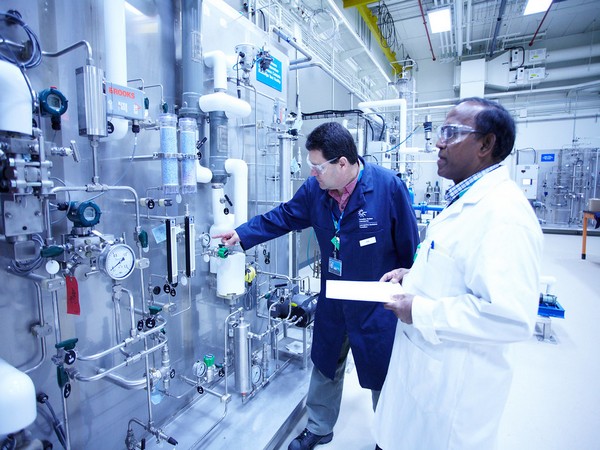IAEA launches new CRP to establish calculational methodologies for analysis of reactor physics
The CRP, entitled “Development of Coupled Neutronic and Thermal-Hydraulic Calculational Methodologies for Research Reactors including Analysis and Treatment of Uncertainties”, will be conducted over 4 years.

The IAEA is launching a new Coordinated Research Project (CRP) to establish improved calculational methodologies for analysis of reactor physics. The CRP, entitled “Development of Coupled Neutronic and Thermal-Hydraulic Calculational Methodologies for Research Reactors including Analysis and Treatment of Uncertainties”, will be conducted over 4 years.
The design, operation, utilization, and safety of research reactors require ever-improving calculational methodologies for analysis of reactor physics. This is particularly the case in light of more stringent safety requirements, the need for increased utilization, and higher power density considerations in both existing and new reactor designs. These trends lead to the need for more accurate, higher fidelity, multi-physics approaches in performing research reactor analysis. Requirements are moving ever closer to the computational methods and tools that have been historically used in nuclear power reactor modelling.
In this CRP, two major emerging areas in research reactor modelling will be considered. Firstly, the use of coupled neutronic and thermal-hydraulic analysis schemes, both for steady-state and transient cases, and secondly the use of uncertainty and sensitivity evaluations, as applied to such best estimate analysis. The CRP aims to evaluate, establish, and stimulate the development of such computational methods and tools for analysis of reactor physics.
A progressive and synergistic two-step approach is proposed, with both computational (for verification and methodology assessment) and experimental (for validation) benchmarks. This allows for separated analysis phases for performing coupled calculations and uncertainty propagation, and then integrating them into a best estimate plus uncertainty (BEPU) approach.
The generated results, applied approaches, and formulated conclusions will provide Member States with the current state of the art tools available for research reactor analysis, and pave a path that facilities worldwide can use to develop and apply schemes and methodologies in research reactor design, operation, utilization, and safety.
CRP Overall Objective:
The overall objective is to increase the knowledge and expertise of Member States in the area of numerical analysis, to improve the design, operation, utilization and safety of research reactors.
Specific Research Objectives:
Stimulate the development and availability of improved calculational methodologies
Establish a database of coupled neutronics/thermal hydraulics and BEPU research reactor benchmarks
Perform benchmark studies of neutronics/thermal hydraulics and BEPU and develop a comprehensive report on the results of these benchmark studies.
Develop guidelines for coupling of neutronics/thermal hydraulics methodologies and for parameter uncertainty evaluation and the application of BEPU for research reactor analysis.
How to join this CRP:
Up to 8 Research Contracts and 10 Research Agreements will be offered as part of this CRP.
Please submit your Proposal for Research Contract or Agreement by email, no later than 31 March 2022, to the IAEA’s Research Contracts Administration Section, using the appropriate template on the CRA web portal. Same template can be used for both the research contract and the technical contract.
The IAEA encourages institutes to involve, to the extent possible, female researchers and young researchers in their proposals.
- READ MORE ON:
- IAEA
- Coordinated Research Project










